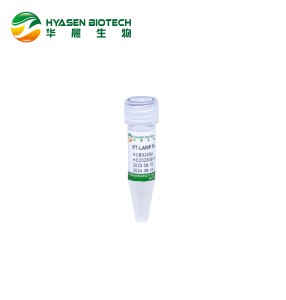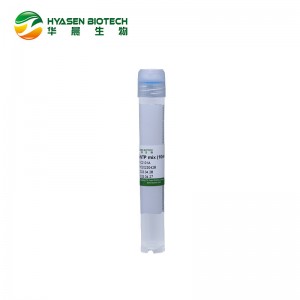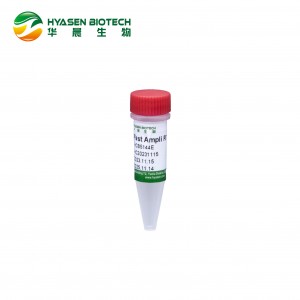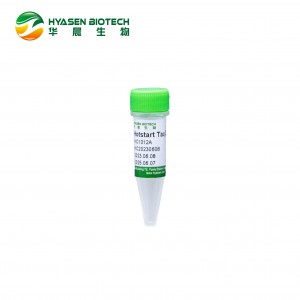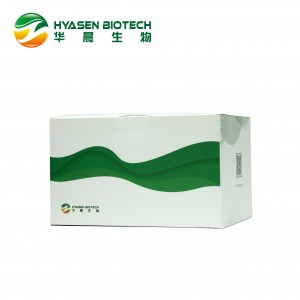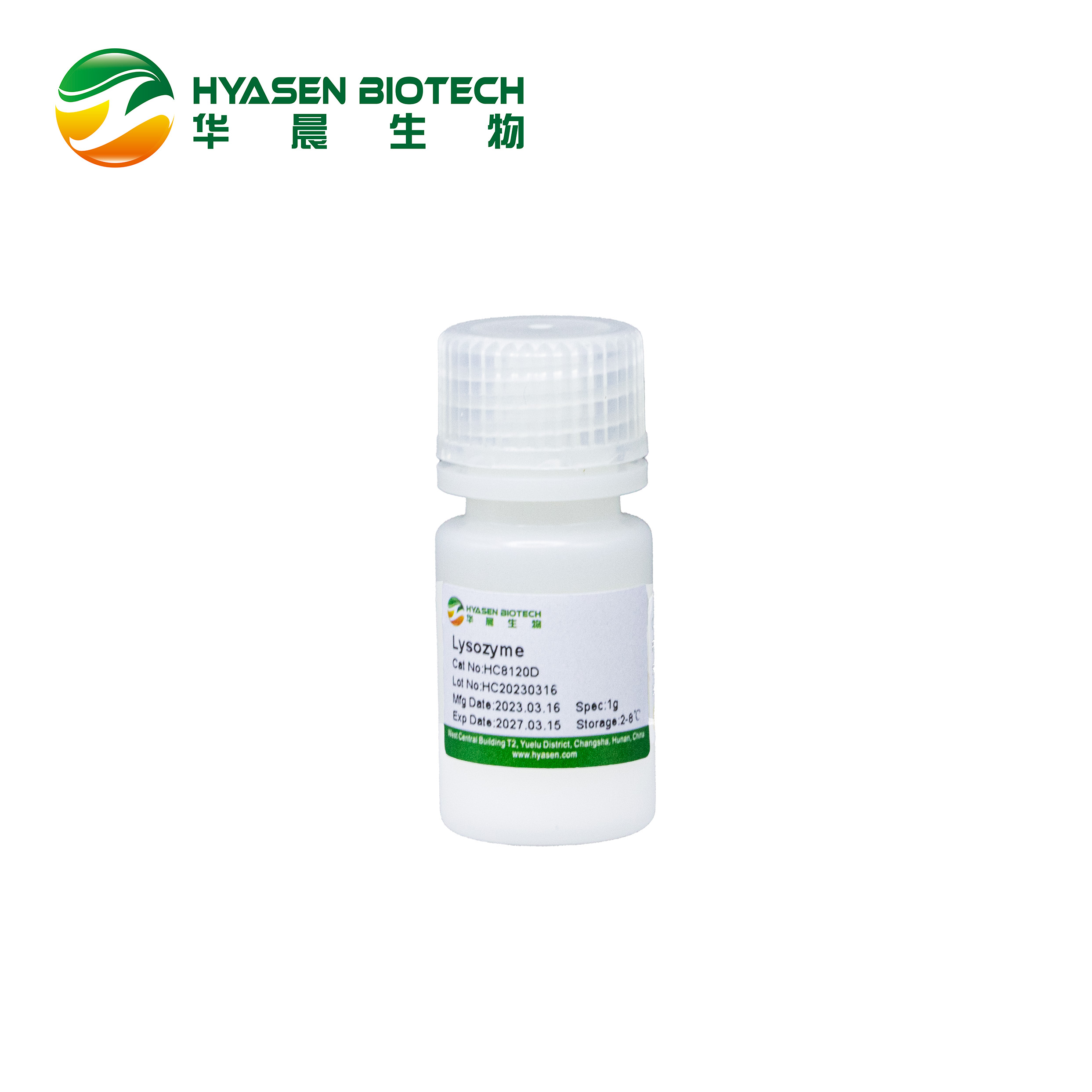
Lysozyme
Lysozyme is a glycoside hydrolase with biological activity, consisting of 18 species and 129 amino acid residues, with 4 S-S bonds.The molecular weight is 14 307Da. Can be used to hydrolyze the cell walls of Gram-positive and Gram-negative bacteria. Lysozyme has good decomposition effects on Gram-positive bacteria, aerobic spore-forming bacteria, Bacillus subtilis, and Micrococcus radiodurans. Gram-negative bacteria such as Vibrio sanguineus also have a certain degree of lysis. Lysozyme has the special function of breaking down peptidoglycan in bacterial cell walls.
This product is soluble in water, insoluble in ether and acetone, and its pI is 11.0-11.35. It can exist stably in acidic media and is easily deactivated in alkaline media. It is susceptible to the inhibition and destructive effects of heavy metal ions (Fe3+, Cu2+, Hg+, Pb+, etc.) and oxidants. Avoid exposure to them during storage or use.
Storage Conditions
Products should be stored at 2~8℃ for 4 years.
Specifications
|
Test items |
Specifications |
|
CAS. |
12650-88-3 |
|
Cat Number |
HC8120D |
|
Molecular weight: |
14,307Da |
|
Enzyme activity |
≥20,000 U/mg |
|
Appearance |
White to off-white powder |
|
Isoelectric point (PI) |
11.35 |
|
Solubility |
Soluble in water (50mg/ml) |
|
Optimal PH range |
4-6.5 |
|
Application |
Break down bacterial cell walls to improve protein or nucleic acid extraction efficiency. It can also be used for inclusion body purification, digesting cell pellets and releasing inclusion bodies. |
Notes
For your safety and health, please wear lab coats and disposable gloves for operation.






